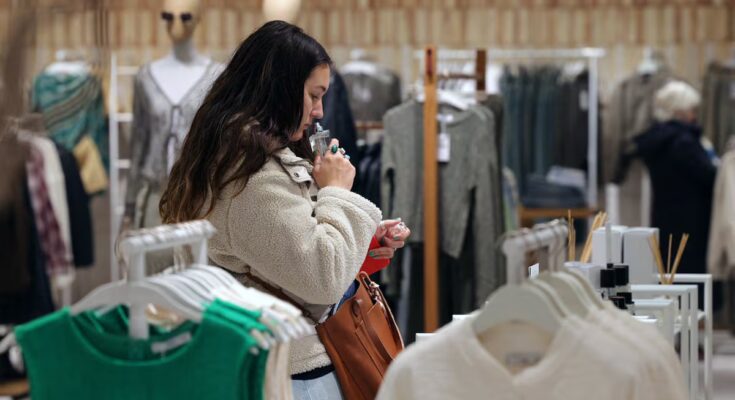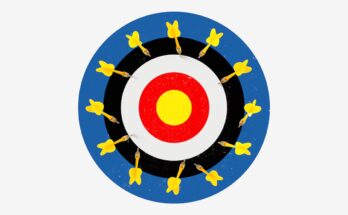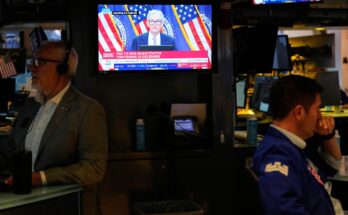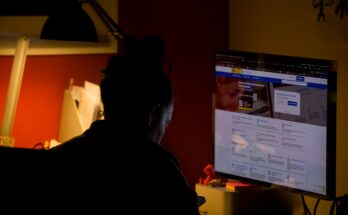Selling perfume on TikTok is like trying to describe the color blue on the phone. Yet it works spectacularly. This platform already accounts for 45% of all social network-driven fragrance purchases in the United States, a phenomenon that defies all traditional marketing logic. Content creators have developed a new sensorial lexicon: they don’t talk about molecules but about “vibrations”, they don’t describe chords but about “auras”. It’s a kinesthetic language where colors have smells and emotions have top notes.
Brands have responded with strategies that border on the absurd, but they work. Glossier sent some locked boxes influencersreleasing the code only on launch day. Noyz created anonymous phone lines where customers could leave emotional messages. TikTok has allowed more people to try different scents, introducing the world of perfumery and its knowledge to a much wider audience and encouraging new ways of perceiving aromas. This is a new digital promotion strategy for a product whose essence, curiously, cannot be experienced through a screen.
The phenomenon has generated an unusual practice: blind purchase or buy fragrances blindly. Buy for 200 euros a product that you won’t try before and which, to make matters worse, you won’t be able to return if you don’t like it. What started as a necessity during the pandemic, when store closures forced consumers to purchase fragrances without smelling them first, has become a normalized practice for Generation Z (those born between 1997 and 2012). The behavior is based on the trust placed in twin perfumes, influencers whose olfactory taste coincides with that of the buyer, and in this new synesthetic language that describes perfumes through emotions rather than technical notes.
We are faced with a fascinating paradox: the most digital generation in history has chosen to obsess over the only luxury product that cannot be experienced through a screen. The hashtag #PerfumeTok has accumulated 2.3 billion views, while #perfume reaches 12 billion. Thousands of creators describe the indescribable with an emotional vocabulary: they don’t talk about “bergamot notes”, but about “the energy of a mysterious girl in a Parisian library”; They don’t mention vetiver, but rather “the vibe of a CEO meditating at dawn.” They transformed perfume from a sensorial product to viral content.
The global market responds with mind-boggling numbers. Niche perfumery will reach $10.67 billion in 2035, growing at a rate of 14.52% per year, more than double that of traditional luxury. With 9,191 fragrances launched in 2024 compared to 705 in 2000, we are faced with an unprecedented creative explosion.
Spain is no stranger to this revolution. Puig acquired Sweden’s Byredo for $1 billion in 2023, while traditional perfumeries in Barcelona and Madrid see young people who previously ignored the shop windows now wondering about Nasomatto or Orange Free State. Spanish Generation Z is looking for fragrances beast modand—intense, long-lasting, impossible to ignore—with notes of leather, balms, oud and oriental woods. It’s not a generational whim; It is a total reconfiguration of the way we understand luxury, identity and the purchasing power of young people.
But perhaps the most surprising fact is this: Annual spending on perfume among teens grew by 44% in 2024. Especially kids who previously settled for deodorant as perfume are now debating the top notes of Tom Ford’s latest elixir. 73% of Generation Z wear perfume at least three times a week, and this includes a young male segment that was previously completely excluded from the market. THE influencers men on TikTok, many of whom specialize in beast mode fragrances– they democratized a territory that traditionally belonged to women. This is undoubtedly one of the most innovative innovations of the phenomenon.
Unlike previous generations who maintained a “signature fragrance,” Gen Z builds “fragrance wardrobes,” selecting different scents depending on the occasion, mood or outfit. It’s no coincidence that brands like Byredo see how Mojave Ghost significantly contributes to that 45% of fragrance sales on social networks. Perfume has ceased to be a static element of identity and has become a fluid tool of personal expression.
Meanwhile, in the luxury conglomerates they have seen the figures and have taken out their checkbooks. Kering acquired Creed for €3.5 billion in 2023. LVMH says fragrances represent a “bright spot,” with €8.4 billion in revenue from the perfume and cosmetics segment in 2024. But here arises the niche paradox: How do you maintain exclusivity when the owner is a corporate giant? Le Labo, owned by Estée Lauder since 2014, saw the price of Santal 33 rise from $280 to $335 per 100 milliliters. The strategy is clear: if it is not possible to maintain real scarcity, at least maintain the scarcity price.
The market response has been overwhelming with the product formulas: elixirs, with concentrations of 20%-40% of perfumed oils versus 15%-20% perfume water traditional. Brands like Amouage don’t joke: their Exceptional Extrait collection ranges from 40% to 56% concentration. As Amouage’s Renaud Salmon explains: “Perfumes have become very expensive. The last thing people want is to wear an expensive perfume and not get compliments.” Longevity and projection have become values in themselves, justifying prices that fluctuate between 300 and 600 euros.
With 9,191 new fragrances launching in 2024, the market is facing its own creative saturation. Differentiation is becoming increasingly difficult, prices continue to rise – with a 30% increase compared to pre-pandemic levels – and fakes and imitations proliferate, calling into question the ethical question of olfactory appropriation. However, 60% of consumers in developed markets prefer to invest in high-quality fragrances rather than multiple affordable alternatives. We are facing a structural change in consumption.
The most fascinating thing about this phenomenon is how this generation has transformed perfume from a product to a platform for personal expression. They don’t buy fragrances; They buy memberships in olfactory tribes, codes of liquid identity – literally -, tools to build the self. This generation is willing to invest in niche and luxury brands that allow them to express their authenticity and personality.
In a world where authenticity has become the most valuable social currency, what can be more authentic than your own smell? Young people have understood this perfectly: in the attention economy, perfume is the last territory not colonized by screens. It is paradoxical, yes, that a generation born with a smartphone in hand has found its new identity battlefield in the sense of smell, the most analogue, the most impossible to digitize. But perhaps this is where its strength lies: in being the only luxury that cannot be reduced to pixels, the only status that requires physical, sensorial presence and proximity.
For now, at least.



